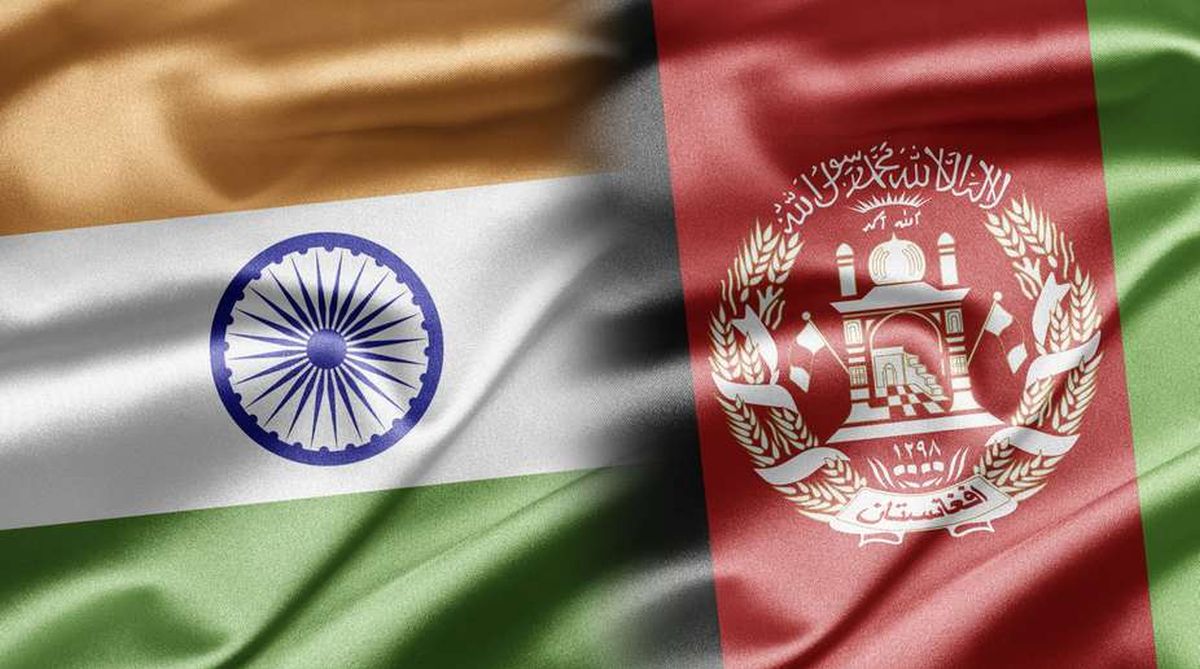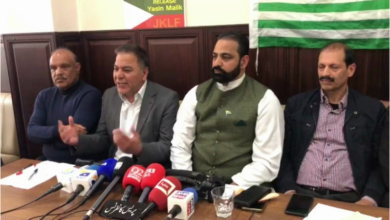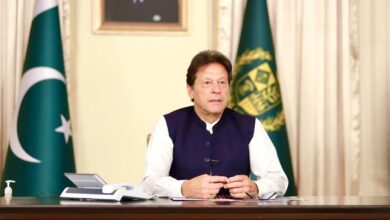In a 13-point advisory, the Indian embassy strongly cautioned against the threat of abduction, death and injury in terrorist attacks in Afghanistan, which is considered the most dangerous place in the world
The Indian embassy in Afghanistan on Tuesday advised all Indians visiting, staying and working in Afghanistan to exercise utmost caution with regard to their security and avoid all types of non-essential travel in view of escalating violence in various parts of the country.
According to official data, over 3,000 Indians are staying in Afghanistan currently.
A majority of Indian nationals in Afghanistan are engineers and staff working on hundreds of development projects being implemented across the country. India is the largest regional donor in Afghanistan, with pledges of around $3 billion.
What’s the threat
In a 13-point advisory, the embassy strongly cautioned against the threat of abduction, death and injury in terrorist attacks in Afghanistan, which is considered the most dangerous place in the world.
“The security situation in Afghanistan remains dangerous in several provinces. Terror groups operating in Afghanistan have escalated violent activities and carried out a series of complex attacks in various parts of Afghanistan, including targeting Afghan defence and security forces and Afghan government institutions and even civilians,” the embassy said.
“Indian nationals are not exceptions, and they additionally face a serious threat of kidnapping,” it said.
- The embassy said the security situation in Afghanistan remains “dangerous” and that terror groups have carried out a series of complex attacks, including targeting civilians.
- The embassy also warned that Indian nationals additionally face a “serious threat” of abduction.
- In addition to this, Taliban had also issued a threat to journalists working or reporting from Afghanistan, who they perceive as siding with the West and Afghanistan’s government.
What has Indian Embassy advised its nationals?
- The embassy “strongly advised” all Indians to avoid all types of non-essential movements
- The embassy advised people to avoid movement during peak commuting hours.
- Venturing out of main cities should be avoided, it said, adding that essential travel should be undertaken by air as many highways and roads are unsafe and prone to attacks.
- It urged them to keep essential movements as discrete as possible and avoid following predictable routes or routines
- The embassy also strongly advised the Indian companies operating in Afghanistan to take up necessary security measures for their Indian employees deployed at project sites.
- While travelling on roads, it advised Indians to maintain distance from possible targets like military convoys, vehicles of government ministries/offices, high-ranking officials, law-enforcement agencies, and to avoid visiting crowded markets
- All Indian nationals arriving in Afghanistan were also advised to register with the Embassy/Consulates on the website: https://eoi.gov.in/kabul/ or by email to [email protected]. Those who are already present but have not registered or updated their contact details are also requested to do so immediately.
The backdrop
Afghanistan had been in a state of almost constant war for over 20 years even before the US got involved.
In 1979, a year after a military coup, the Soviet army invaded Afghanistan to support a friendly government. It fought a resistance movement – known as the mujahideen – that was supported by the US, Pakistan, China and Saudi Arabia, among other countries. In 1989, Soviet troops withdrew but the civil war continued. In the chaos that followed, the Taliban (which means “students” in the Pashto language) sprang up.
They ruled the country since 1996, the West living in oblivion to the harsh Sharia rule implemented by them that included beheadings and public executions. But after the 11 September attacks in America killed nearly 3,000 people, US invaded Afghanistan as the Taliban supported and protected Al Qaeda leader Osama Bin Laden, the main perpetrator behind the US bombings.
After the US attack, the Taliban rule was quickly dismantled and its fighters and warlords quickly melted away across the porous Pakistan border but they didn’t totally disappear.
What’s happening there now?
- In recent days, the Taliban have made quick gains in Afghanistan’s north, overrunning multiple districts, some of them reportedly with hardly a fight, even as the US and NATO press forward with their final withdrawal from Afghanistan. By all accounts, their departure will be complete long before the 11 September deadline set by President Joe Biden when he announced in mid-April an end to America’s “forever war.”
- The Taliban gains are significant because:
- A) The transportation routes they provide the insurgents. With the recent gains, Taliban now control the main border crossing with Tajikistan, the main trade route. They also hold the strategic district of Doshi, critical because the one road linking Kabul to northern Afghanistan runs through it.
- B) Equally significant is that the north is the traditional stronghold of Afghanistan’s minority ethnic groups, who aided the US-led invasion that drove the Taliban from power nearly 20 years ago and have been part of the ruling leadership since. The traditional stronghold of the Taliban, who are mostly ethnic Pashtuns, has been in the country’s south and east.
As a result, a worried government this week launched what it called National Mobilisation, arming local volunteers. Observers say the move only resurrects militias that will be loyal to local commanders or powerful Kabul-allied warlords, who wrecked the Afghan capital during the inter-factional fighting of the 1990s and killed thousands of civilians.
“The fact that the government has put out the call for the militias is a clear admission of the failure of the security forces… most certainly an act of desperation,” said Bill Roggio, senior fellow at the US-based Foundation for Defense of Democracies. Roggio tracks militant groups and is editor of the foundation’s Long War Journal.
“The Afghan military and police have abandoned numerous outposts, bases, and district centers, and it is difficult to imagine that these hastily organized militias can perform better than organized security forces,” he said.
Meanwhile, as the districts fell, Afghan President Ashraf Ghani swept through his Defense and Interior Ministries, appointing new senior leadership, including reinstating Bismillah Khan as defence minister. Khan was previously removed for corruption, and his militias have been criticized for summary killings. They were also deeply involved in the brutal civil war that led to the Taliban’s takeover in 1996.
Afghan and international observers fear a similar conflict could erupt once more. During the 1990’s war, multiple warlords battled for power, nearly destroying Kabul and killing at least 50,000 people — mostly civilians — in the process.
Those warlords returned to power after the Taliban’s fall and have gained wealth and strength since. They are jealous of their domains, deeply distrustful of each other, and their loyalties to Ghani are fluid. Ethnic Uzbek warlord Rashid Dostum Uzbek, for example, violently ousted the president’s choice for governor of his Uzbek-controlled province of Faryab earlier this year.
A former adviser to the Afghan government, Torek Farhadi, called the national mobilization “a recipe for future generalized violence.”
He noted the government has promised to pay the militias, even as official security forces complain salaries are often delayed for months. He predicted the same corruption would eat away at the funds meant for militias, and as a result “local commanders and warlords will quickly turn against him (Ghani) and we will have fiefdoms and chaos.”
With inputs from The Associated Press




